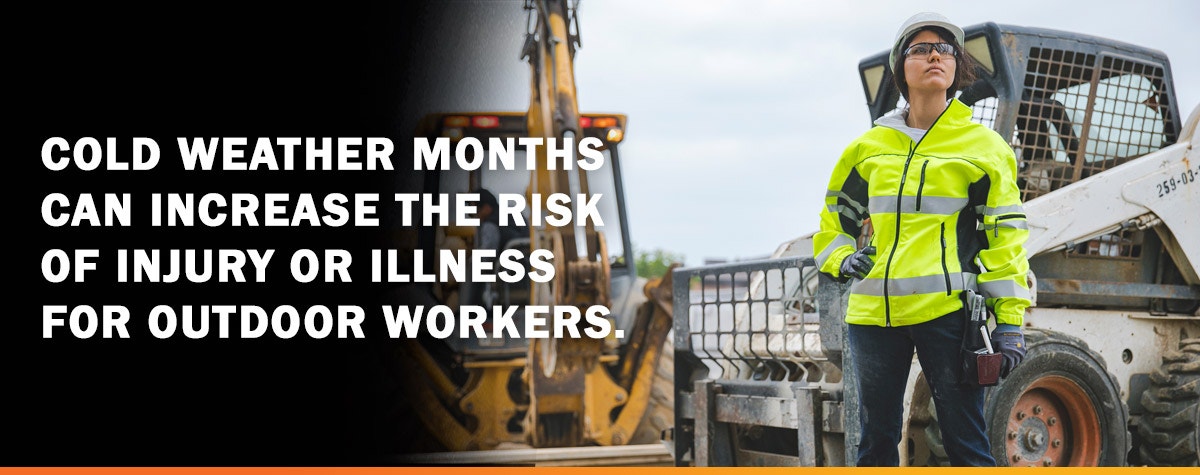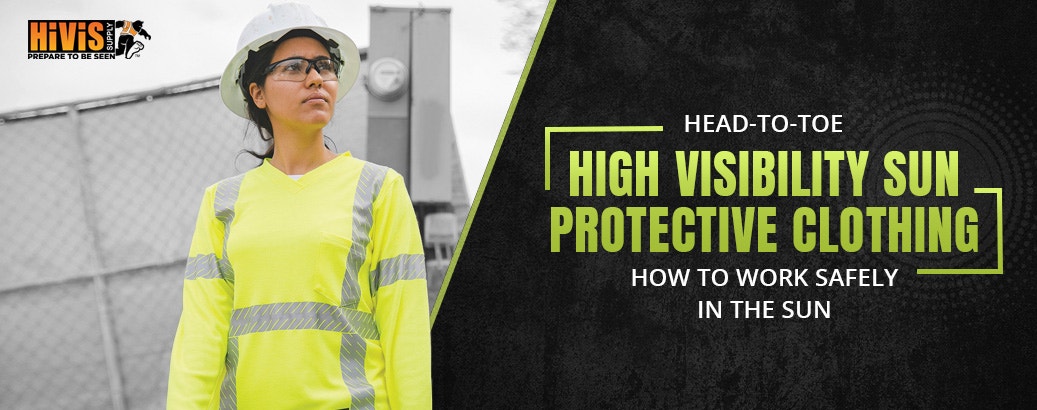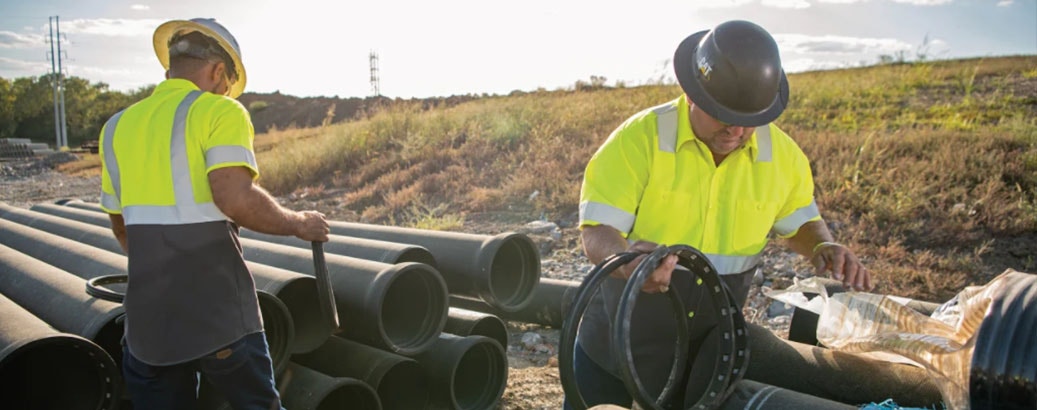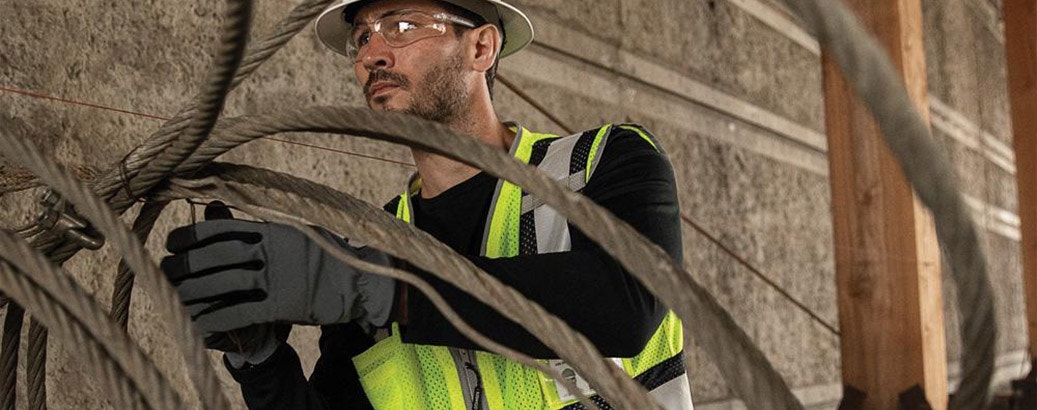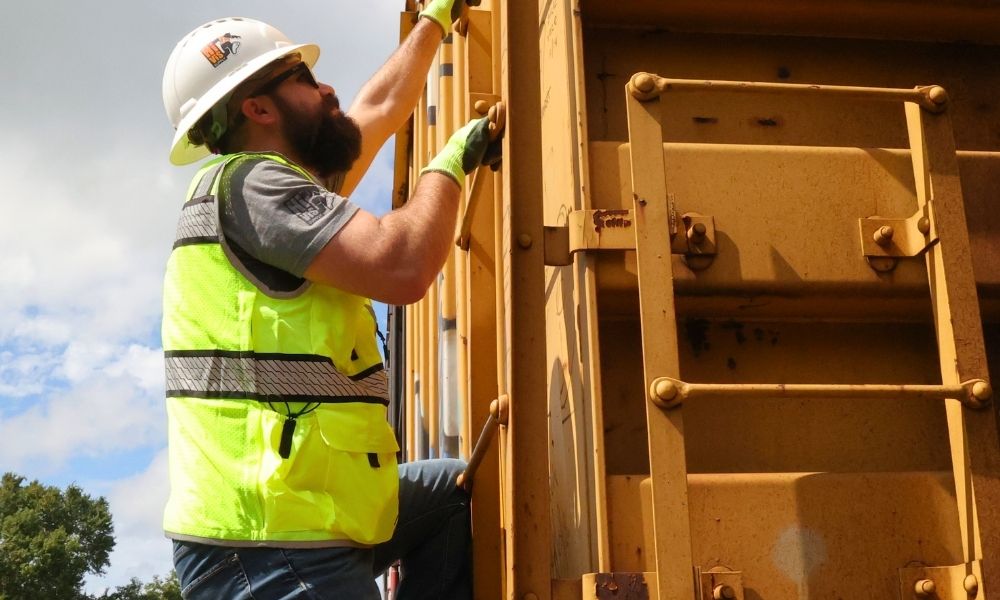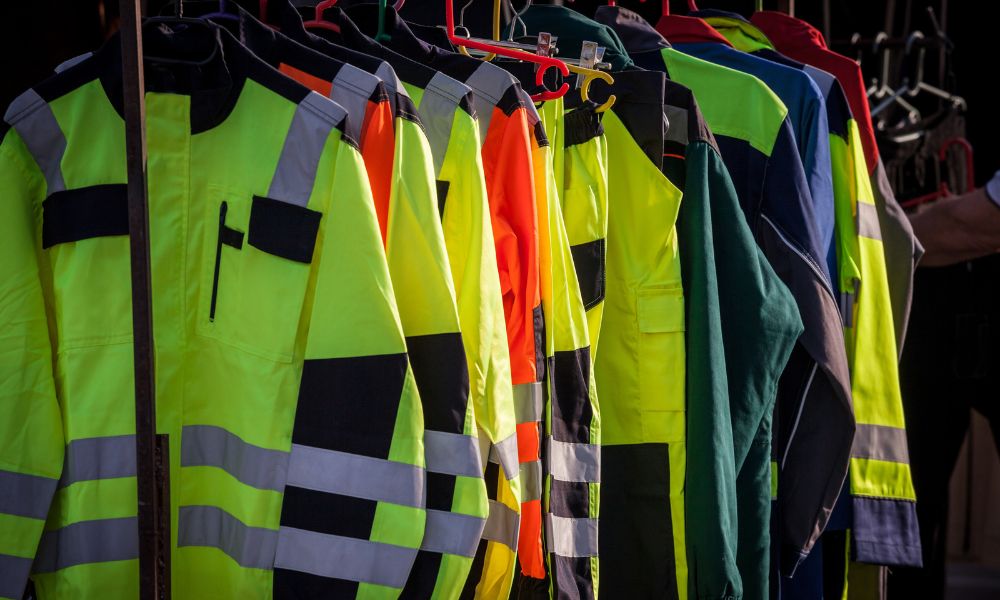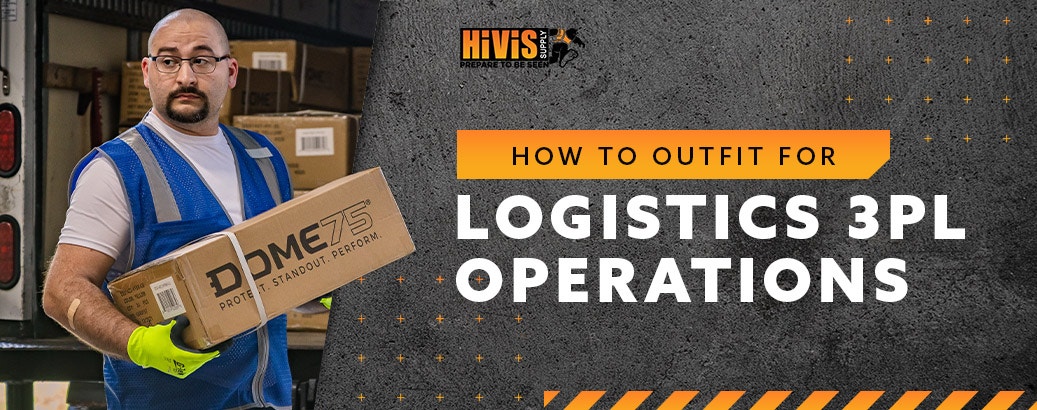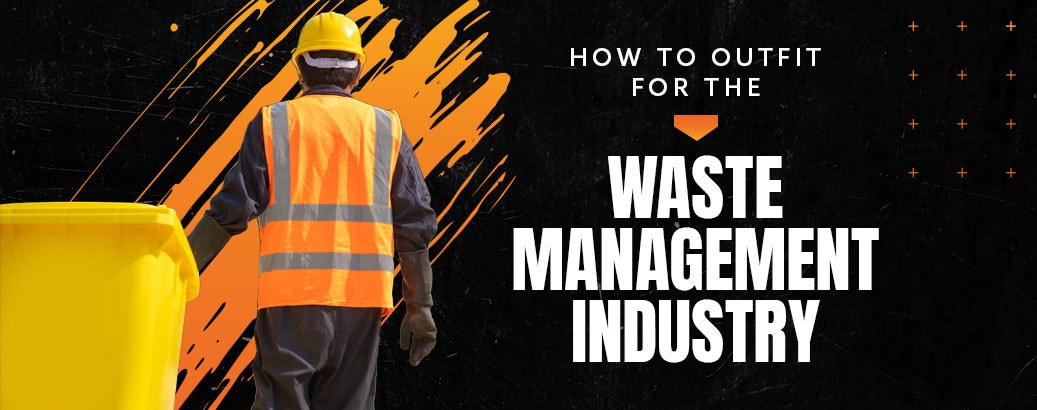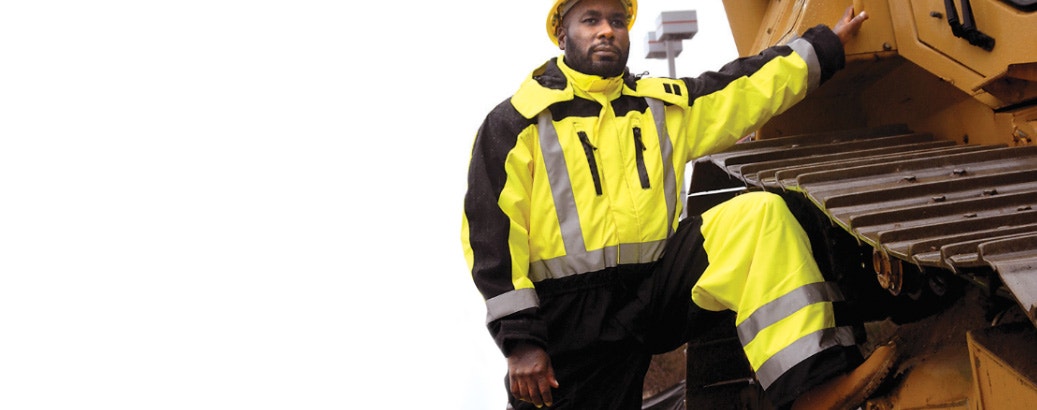How Outdoor Workers Can Beat the Heat: Shade Matters
- By HiVis Supply
- Aug 13, 2019
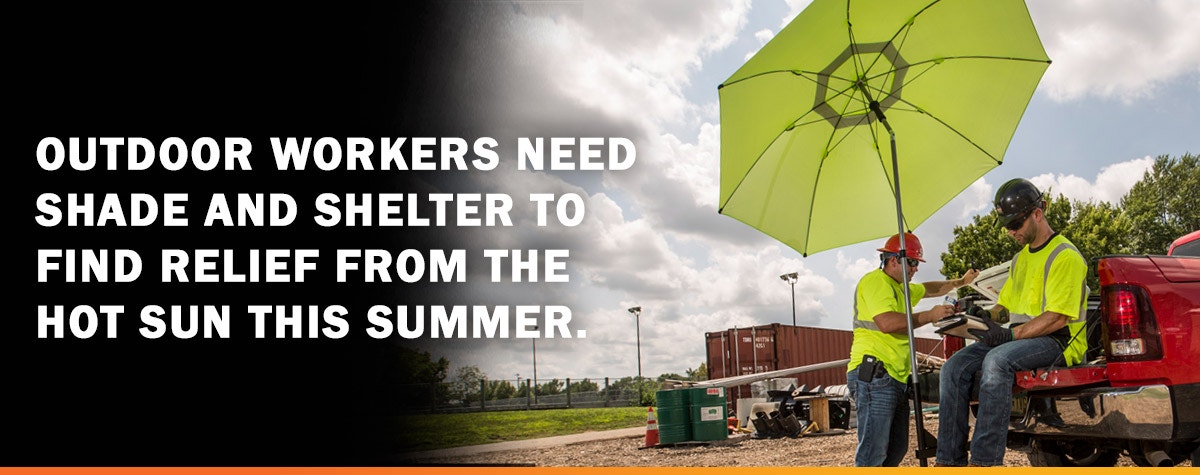
Hey you. The one with a bead of sweat running down your already sunburned neck. When was the last time you took a break? If you’re an outdoor worker, you work in a shop that’s not air-conditioned or you work around radiant heat, listen up and listen up good. The summer is in full swing and if there’s one thing HiVis Hank knows other than high visibility safety, it’s hot weather. Heck, he lives right here in sunny Florida where our average summertime temperature is a blistering 95°F. On a good day we may catch a warm breeze and that’s if we’re lucky.
All these years in the Florida sun has taught ol’ Hank a few things about health and safety. To survive working in hot weather you need to be smart. The first thing is to stay hydrated. (You can read more on that by clicking here.) The second thing is to know when to take a break. And, the third thing is to know when to seek some shelter from the scorching sun and find shade. OSHA likes to refer to this in three words.
Water. Rest. Shade.
Employers have a duty to provide a workplace free of known safety hazards. This includes extreme heat. So if you or your crew are exposed to extreme heat your employer must have a heat illness prevention program in place. Finding shade and a cool place to rest isn’t always easy, especially if you’re working on a remote job site. So here are some options you can take with you anywhere for instant relief and shade from the sweltering sun:
Pop-Up Tents
Like the folding chairs you use every week to watch your kid’s baseball or football game, there are lightweight and easy-to-use utility tents that are tough and durable and fold up for easy storage. All you need to do is have one in the bed of your pickup or keep in the work trailer for those super hot days when you need some shade. You can also add a sidewall to your existing tent for even more protection from the sun.
Misting System
Remember the last time you were at the tiki bar at the beach? You know the one with the amazing fish tacos and those awesome misters that somehow made it feel 20° cooler than on the sand? You can have a little taste of that refreshing cool every day on the job site with a misting system. Just attach it to your pop-up tent and you can cool an area up to 30°F below ambient air temperature. When you’re trying to survive the heat, you just need to outsmart Mother Nature.
Cooling Apparel
Last, but not least, wear the right clothes for the job. The workforce of the past may have had no choice but to suffer through the heat, but technology has paved the way for some pretty important innovations. For almost every job, you can find apparel and accessories that can offer relief from the sun. Today, you can choose from sun shade hats and cooling towels or moisture wicking high-visibility shirts. There’s heat stress and cooling products that can keep you cool and productive all summer long.
HiVis Hank’s Rest and Hydration Tips
OSHA may not have a direct standard that addresses working in hot environments, but employers have a duty to protect workers from serious hazards in the workplace. And for the people in the back, that includes heat-related hazards. If you or your crew are heading to work outside or in a hot warehouse or shop, there’s a few things you’ll want to do.
- Make sure all workers are acclimated to the temperatures
New and inexperienced workers are at the most risk for experiencing heat stress. Just because you’re fit and healthy doesn’t mean you are immune to the dangers of heat stress. Older individuals or those with health issues are also at risk. - Monitor prolonged or strenuous work
Make sure workers have a cool rest area where they can escape the heat and sun. If an air conditioned indoor space is unavailable you can use tents, umbrellas and fans. Rest times will vary depending on temperature, humidity, airflow, PPE needs and work conditions, so act accordingly. - Take into account PPE choices
Heavy PPE, paints suits or impermeable clothing can increase risks of heat stress and will require increased rest periods. Workers in bulky flame-resistant clothing are especially prone to the effects of heat stress. Use your head and offer workers more frequent rest periods in a temperature controlled environment. - Hydrate. Hydrate. Hydrate
Make sure workers have access to clean, cool water, electrolyte solutions or sports drinks. Salty snacks, soups and vegetables are another way to replenish the body with salt and potassium after excessive sweating.
HiVis Supply has one mission: To protect workers from the dangers they face every day. If you find yourself with questions about heat-related illnesses, heat stress prevention or high-visibility safety, we’ve got your back.
Visit us at www.hivissupply.com for more information.



